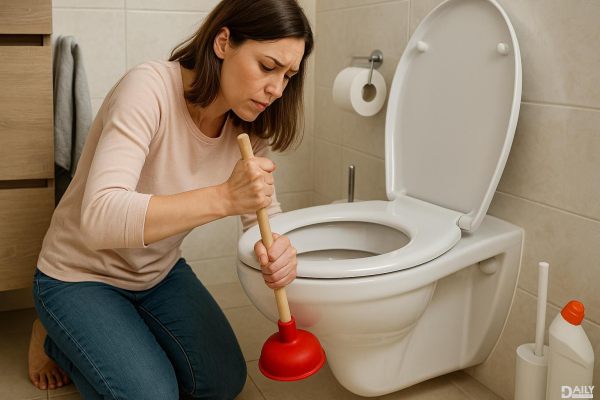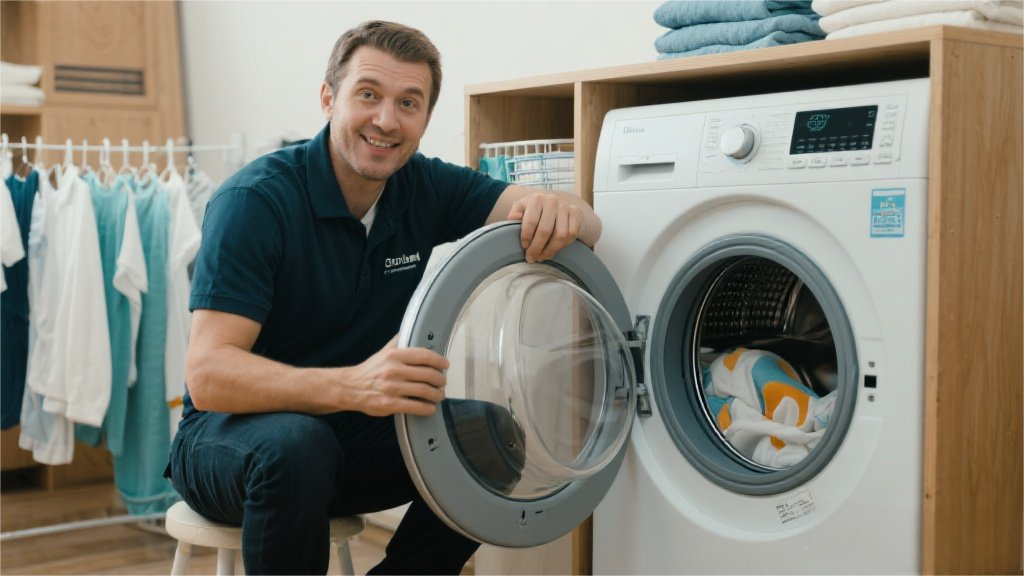Got a stubborn clog turning your toilet into a nightmare? Don’t panic—you don’t always need to call a plumber. With a few household tricks and some elbow grease, you can tackle that pesky blockage yourself. Whether it’s a plunger fail or a mystery obstruction, these five quick fixes will get your toilet flowing smoothly again in no time.

Before you reach for harsh chemicals or expensive tools, give the plunger another shot—but this time, do it right. Most people don’t realize there’s a technique to effective plunging. First, make sure you’re using a flange plunger (the one with the extra rubber flap) for toilets, not a flat sink plunger. Fill the bowl with enough water to cover the plunger’s head, then position it over the drain at an angle to release trapped air. Seal it tightly and push down firmly, then pull up sharply to create strong suction. Repeat this motion aggressively for 15–20 seconds. If the water starts draining, you’ve won the battle. If not, don’t despair—move on to the next method.
If plunging didn’t work, try this surprisingly effective combo. Squirt a generous amount of dish soap (about half a cup) into the toilet bowl. The soap reduces surface tension, helping debris slide through. Then, carefully pour a gallon of very hot (but not boiling) water from waist height—the force can help dislodge the clog. Let it sit for 10–15 minutes. If the water level drops, flush to test. Warning: Never use boiling water, as it can crack porcelain. This method works best for organic clogs like too much toilet paper or small waste buildup.
This kitchen staple duo isn’t just for science fair volcanoes—it’s a powerhouse for breaking down clogs naturally. Start by pouring one cup of baking soda into the bowl, followed by two cups of white vinegar. The chemical reaction creates a foaming action that can dissolve organic matter. Cover the bowl with a towel to contain the fizz and let it work for 30 minutes to an hour. Then, pour in hot water (again, not boiling) to flush everything through. This method is eco-friendly and safe for pipes, making it ideal for frequent use if you have slow drains.
For tougher clogs, you might need to get hands-on. Straighten a wire coat hanger, leaving a small hook at one end. Wrap the other end with a rag for grip. Carefully insert the hooked end into the drain and gently maneuver it to snag or break up the obstruction. Be cautious—too much force can scratch porcelain or push the clog deeper. If you pull out debris like hair or wads of paper, dispose of it properly before flushing. This method works wonders for shallow clogs but may not reach deep blockages.
If all else fails, borrow or buy a wet/dry vacuum—it’s a game-changer. Set it to liquid mode, remove any filters, and create a tight seal around the drain with the vacuum hose. The intense suction can pull out stubborn blockages that other methods can’t reach. Just be prepared for… unpleasant visuals. After vacuuming, sanitize the equipment thoroughly. Note: Never use a regular vacuum, as water and waste will ruin it. This is the nuclear option, but it beats dismantling your toilet or calling a pro.
Next time your toilet rebels, skip the panic and try these fixes in order. Most clogs surrender to one of these methods, saving you time, money, and embarrassment. And if nothing works? Well, at least you’ll know you gave it your best shot before dialing the plumber. Happy unclogging!
























